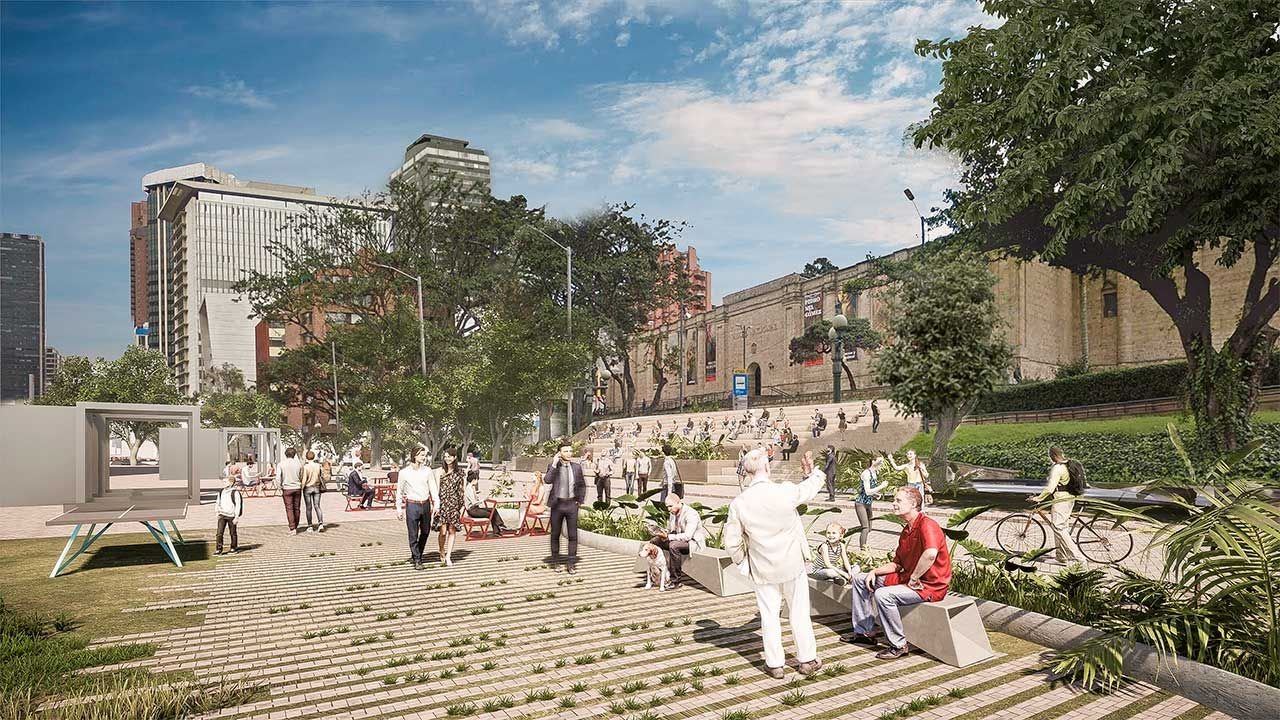
The planned Green Corridor for the Seventh Avenue (Carrera 7) in Bogotá is an innovative urban planing policy that makes large use of civil society engagement mechanisms and interplays with regulatory planning mechanisms. It is one of the most emblematic roads in the city of Bogotá and connects the north and the south of the city, being the main artery road of the traditional centerand the so-called extended city center. The green corridor is an axis of urban transformation where sustainable mobility, ecology and the city's history come together and lay the foundations for future development. The entire corridor is classified into three sectors which, one of them being the green sector. The current plans envisage an increase of native species, ensure to provide a sustainable drainage system and that 50 % of spaces are dedicated to pedestrians. Public transport will be fully electric and 87 % of commutes will be zero emissions. The prioritization of sustainable and zero emission modes of transportation (walking, cycling and public transport which ensures zero fossil fuel emissions) is at core of the project. This implies a drastic reduction of emissions and improvement of air quality. The design of the Seventh Avenue shall recognise and celebrate Bogotá's natural biodiversity and facilitate its transit.
